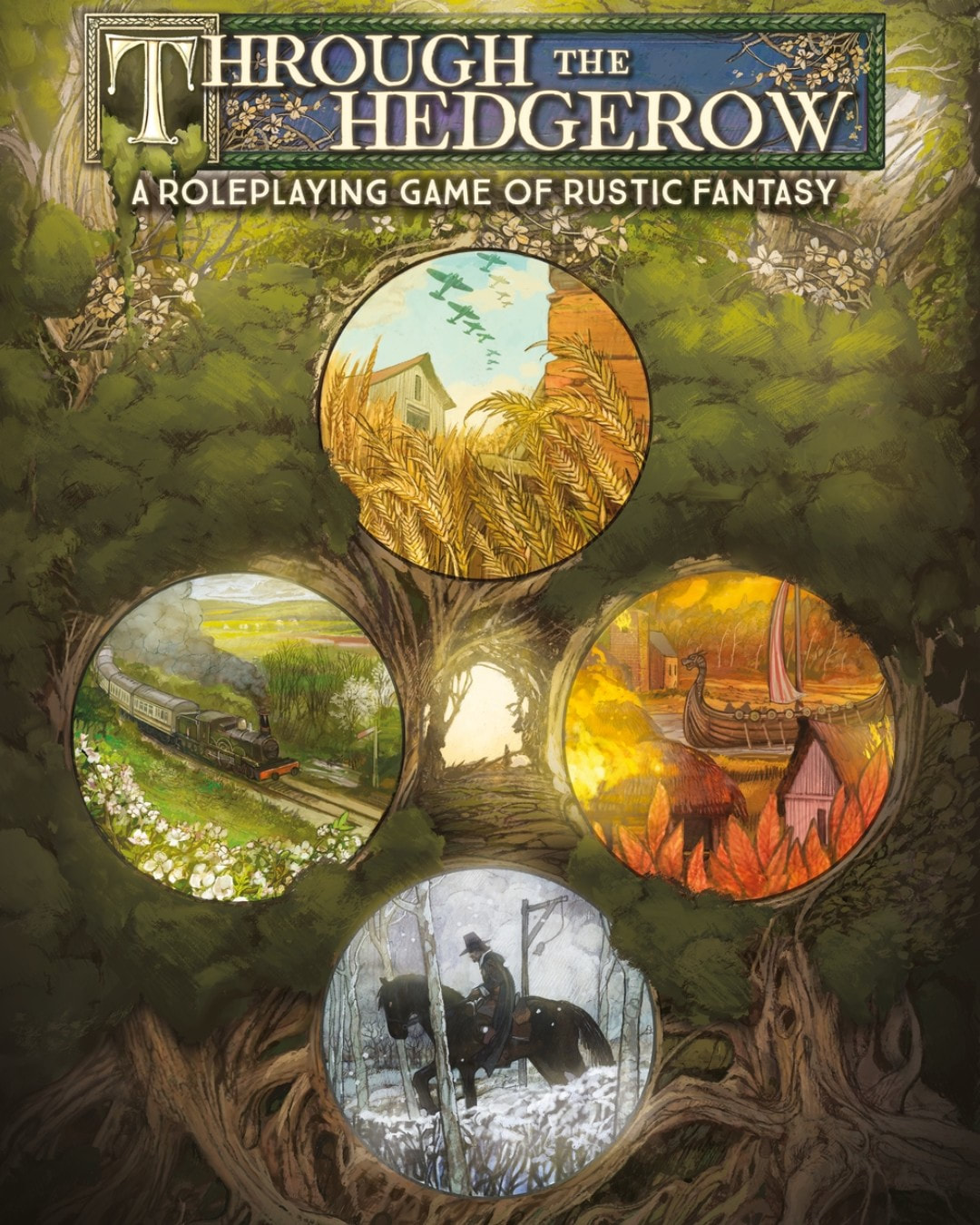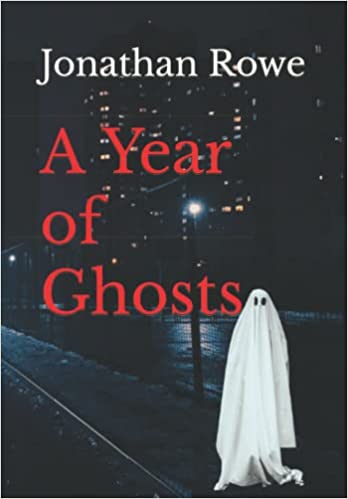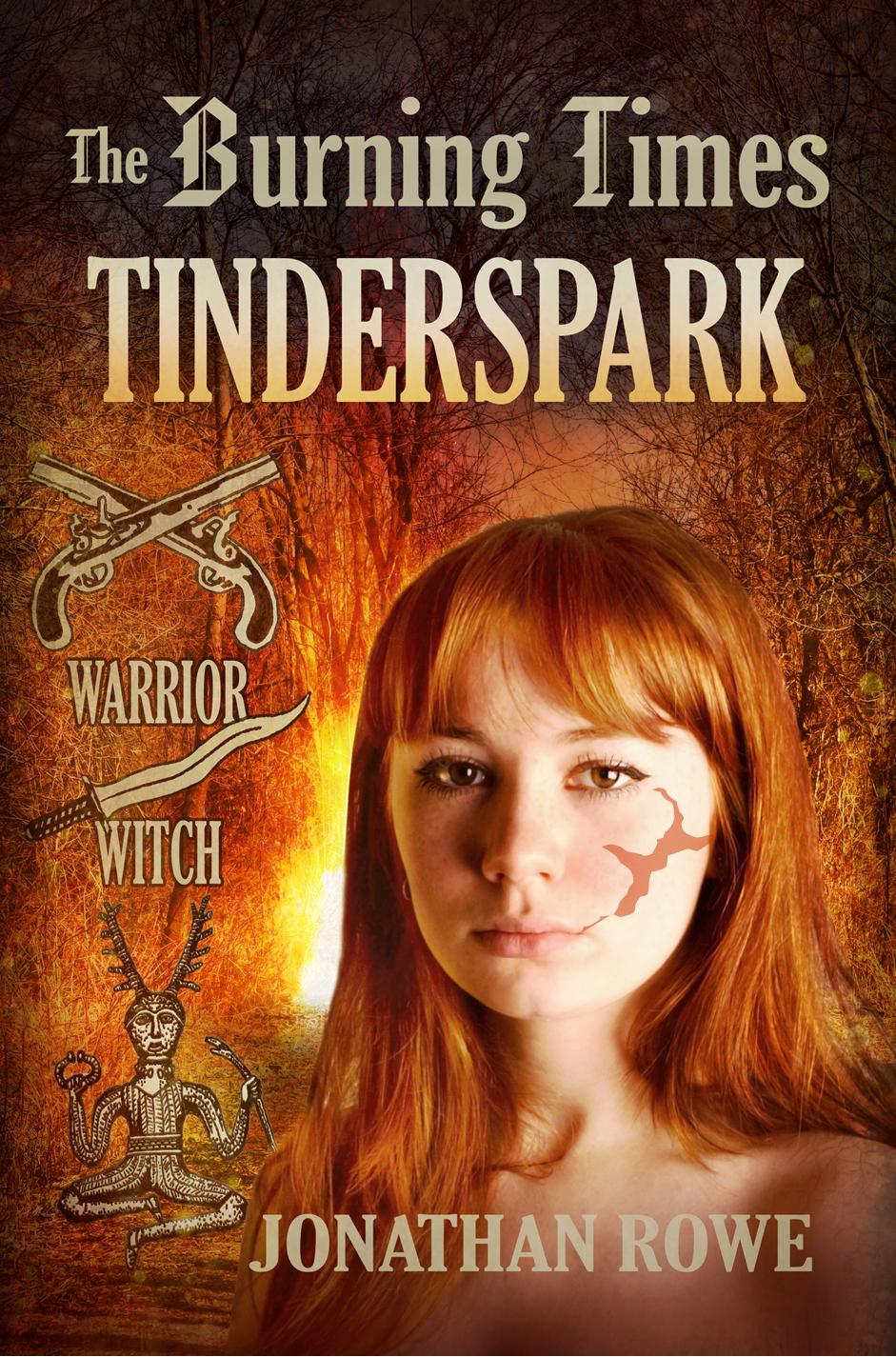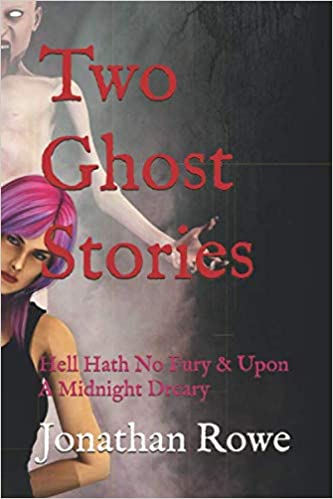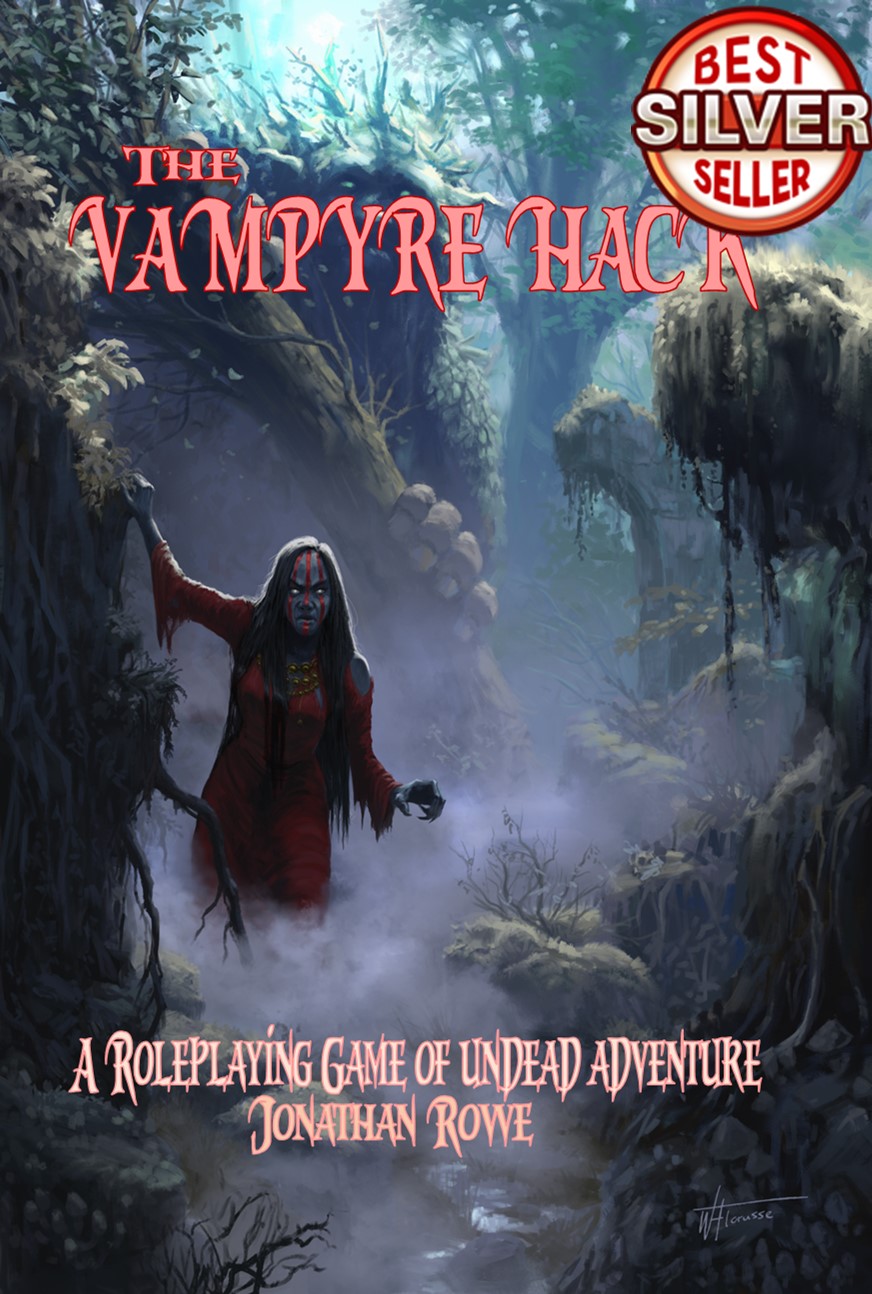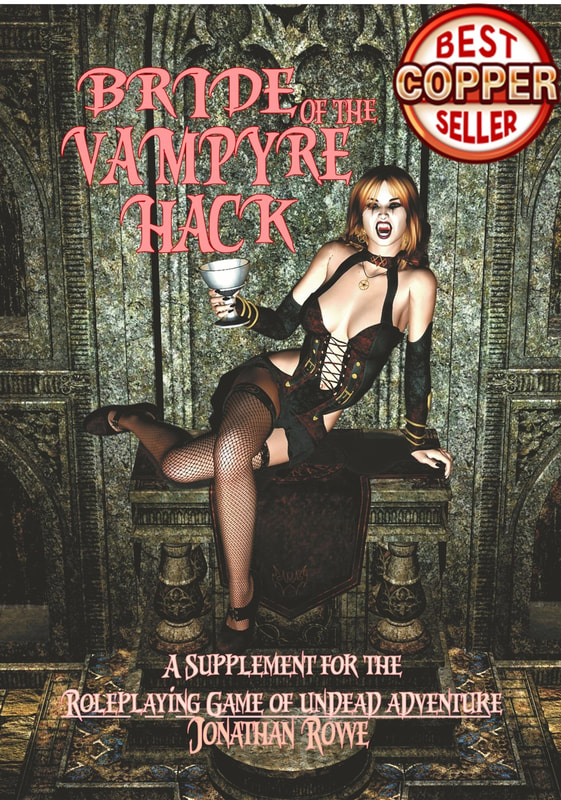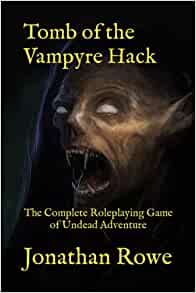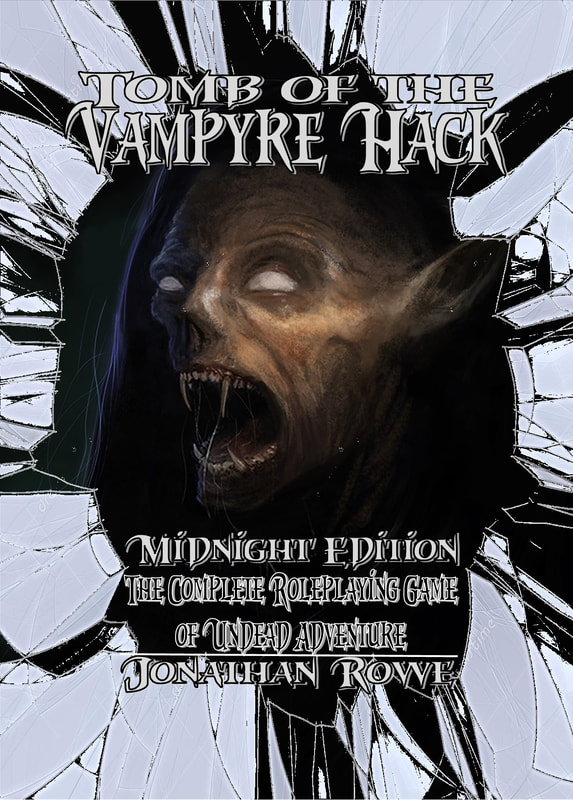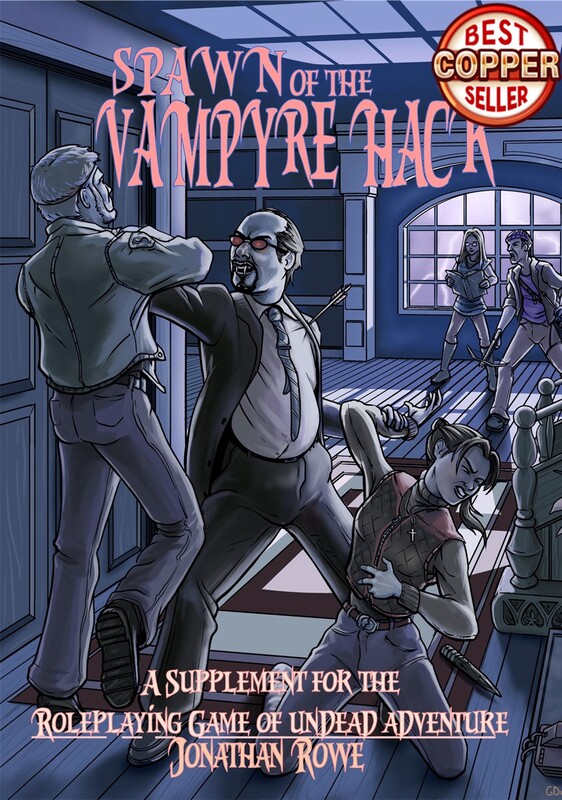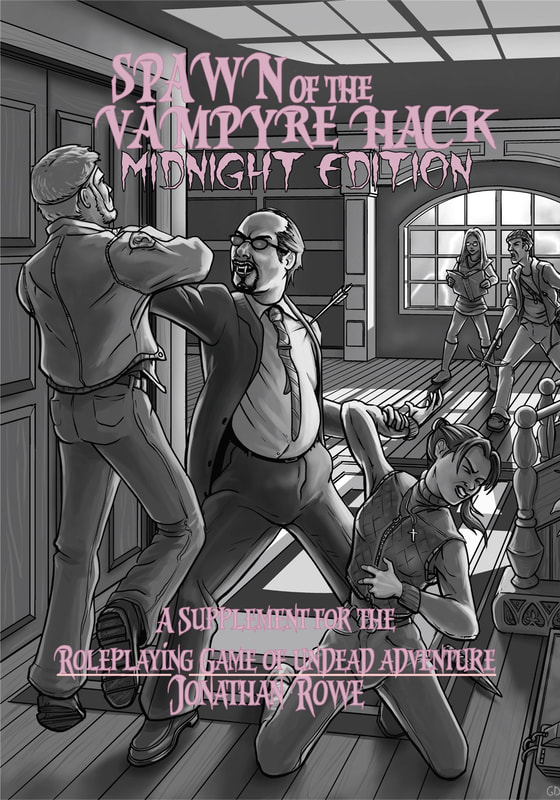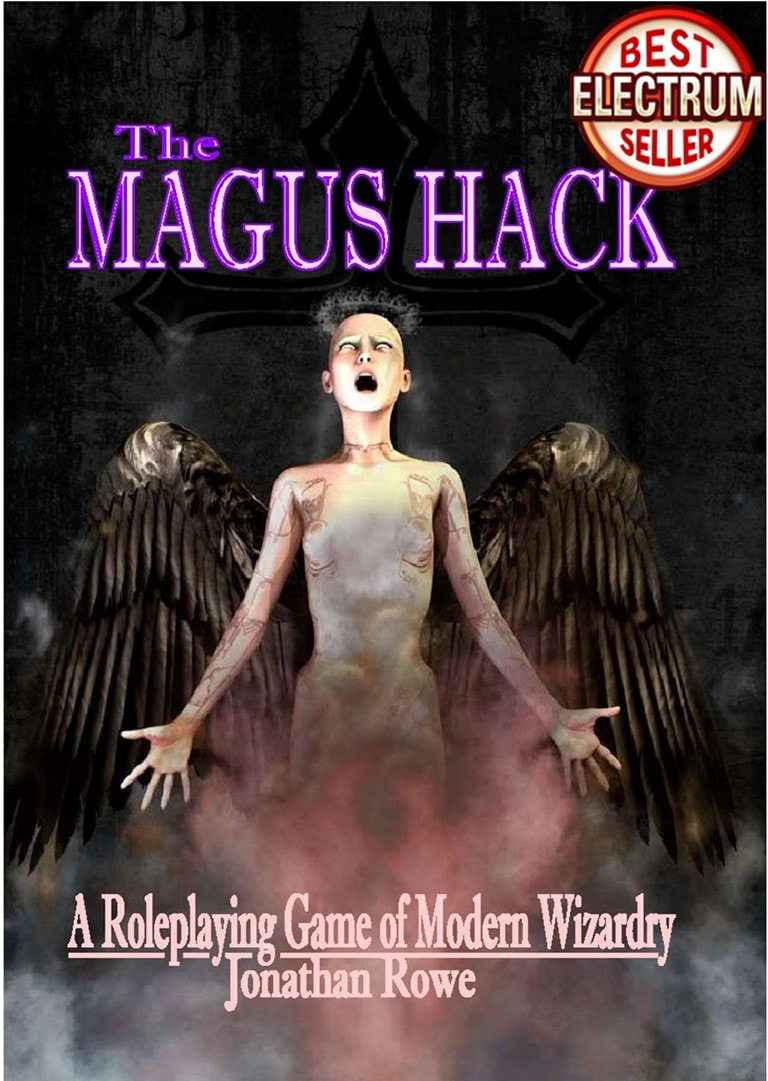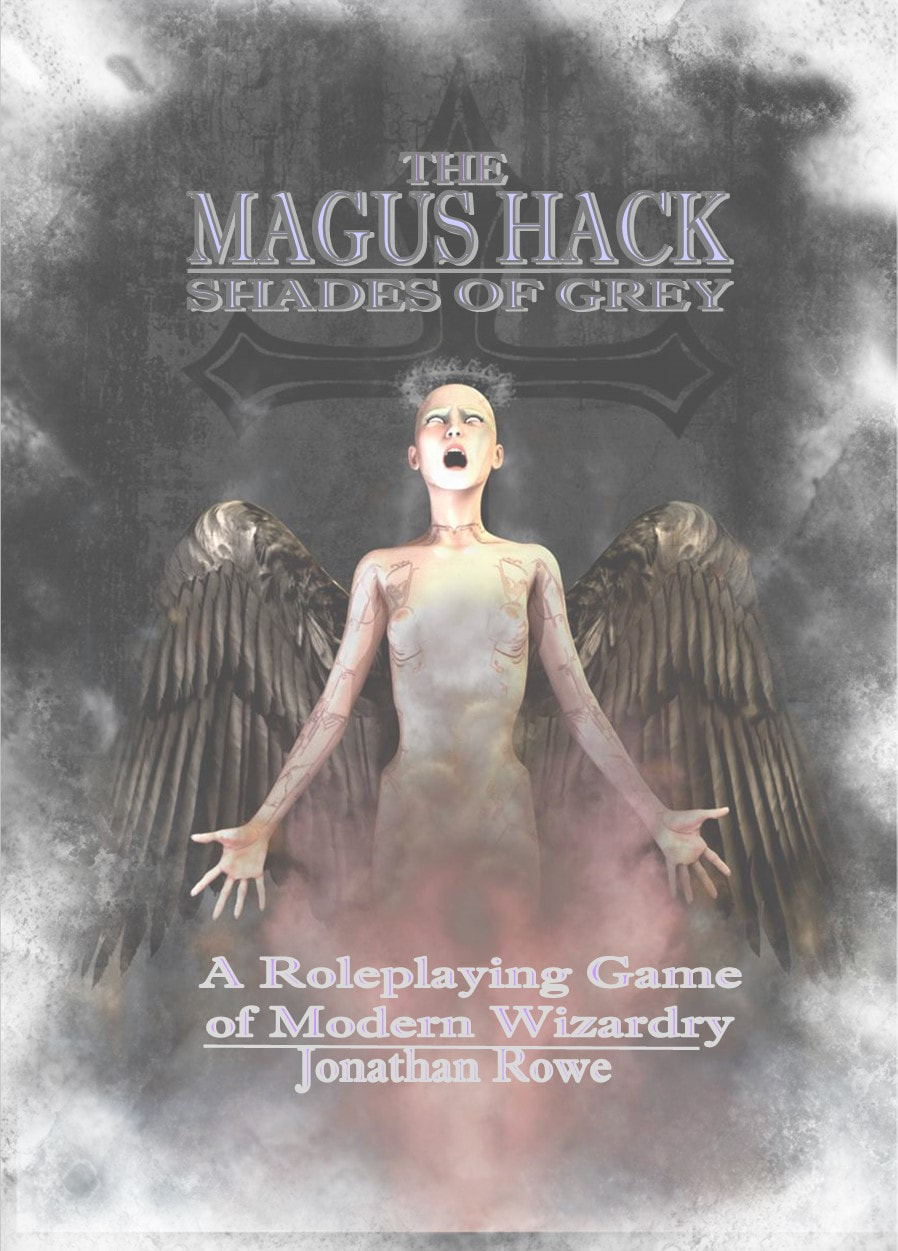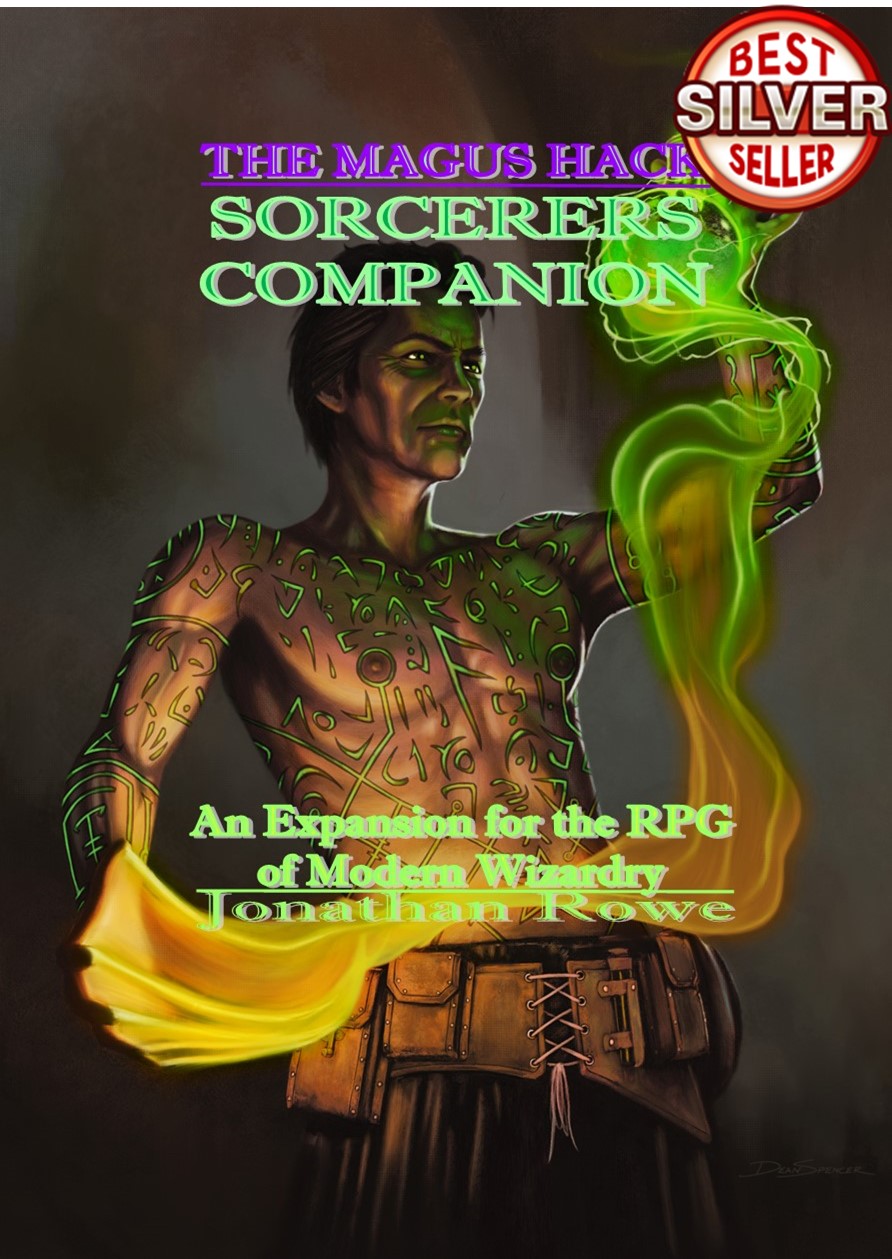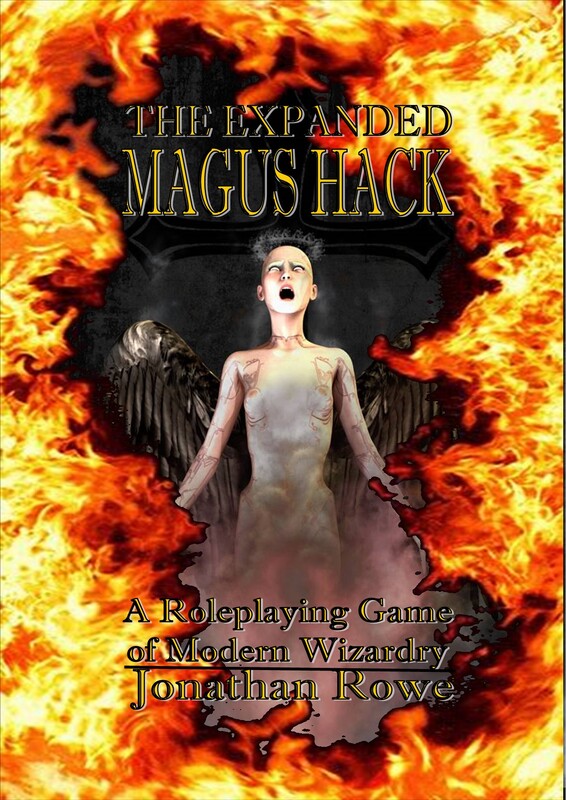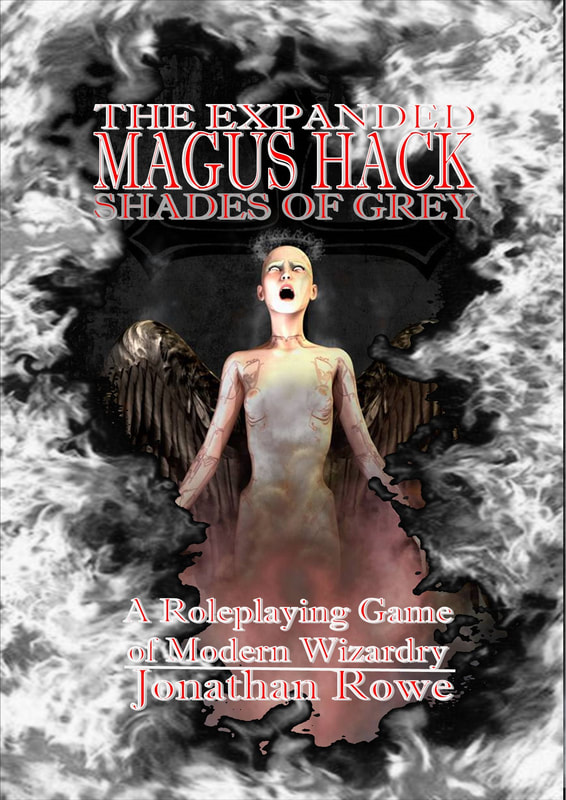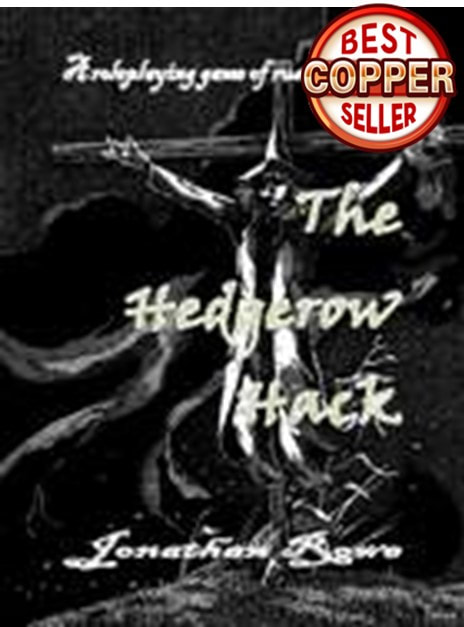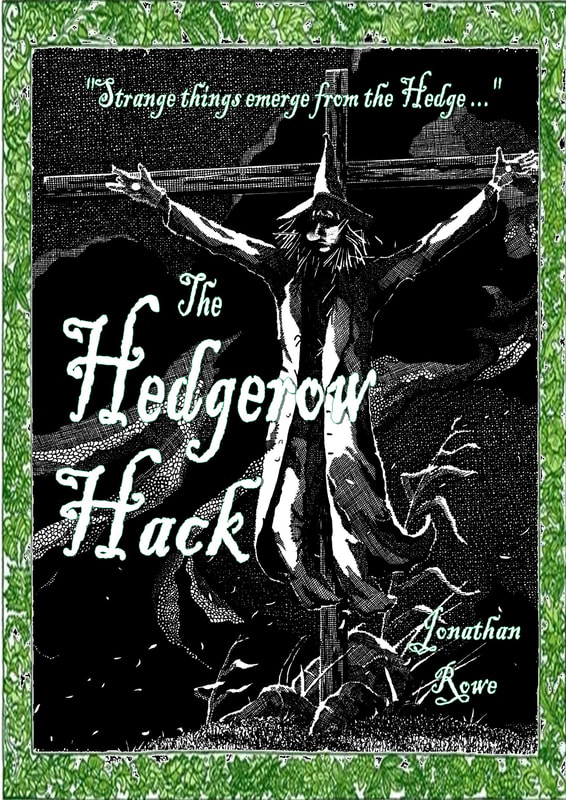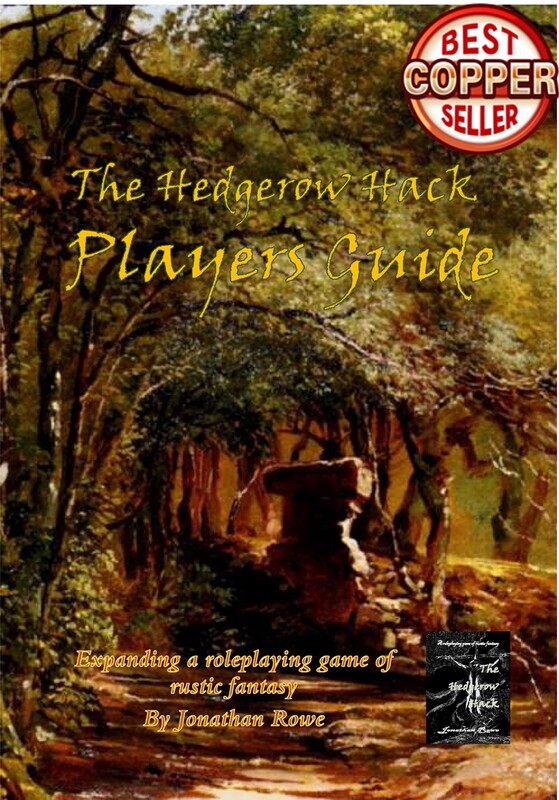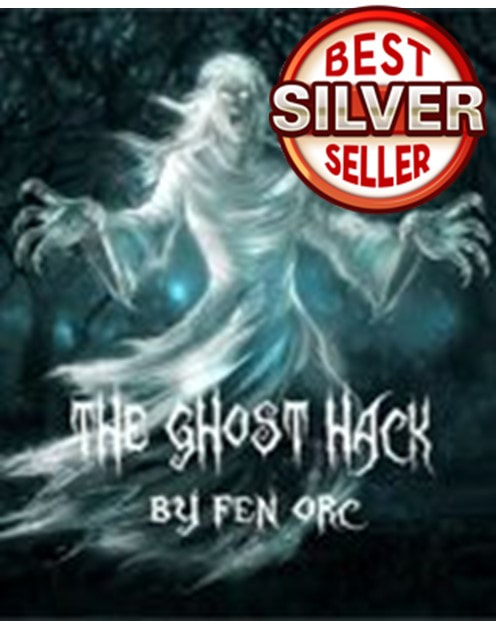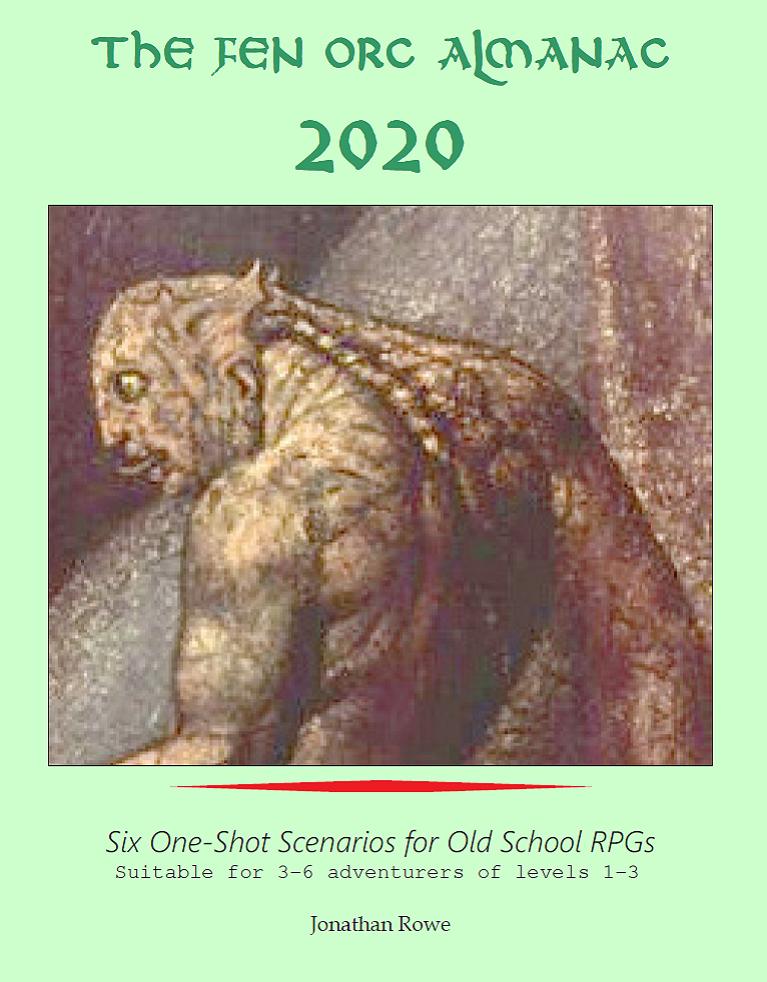|
In a previous post, I analysed Forge Out Of Chaos' rules for Divine Magic, used by the worshipers of Grom and Berethenu. This led to details about Forge's odd mythology (these are the only active deities and both are imprisoned in the subterranean fiery hell of Mulkra) and Ron Edwards' observation that it is typical of 'fantasy heartbreakers' to belabour mythological backdrops but ignore the role of religion. To be fair, of all the heartbreakers that he reviews, Edwards concedes that "the best of the bunch is Forge: out of Chaos, probably (as I read it) because this material was taken the least seriously and written for fun imaginative-background rather than as a personal fantasy opus." Edwards sketches out a brief checklist of the way these games travesty religion while obsessing over mythological settings:
Let's see how Forge measures up to the first two; the third will have to wait until the next blog. The God-Wars The Forge rules open with a mythological treatise, explaining how the Supreme Being (named 'Enigwa') created the world and ordered it to be beautiful and harmonious. Enigwa then snoozes (having become Enigweary?) and his children, the gods, are left in possession of the paradise he has bequeathed them. The gods start off perfect too, but they become more differentiated as the ages pass, with some developing selfish or aggressive traits. The Supreme Being is disturbed by this discord and, I suppose, Enigwakes. He draws the gods together in fellowship to create Humanity and then commands the gods to be mankind's instructors and guardians, for Man shares the best and worst traits of the gods. Then Enigwa disappears, off to create new worlds (his Enigwork?), strangely blind to the trouble he has set in motion. The gods immediately fall out and a triumvirate forms: Necros the god of Death teams up with his brothers Grom the god of War and Galignen the god of Disease. Grom starts creating his own servitor races by mutating humans: the orc-like Higmoni, the Klingon-inspired Berserkers and the one-eyed gorilla Ghantu. After a polite pause to register their shock at this impiety, other gods follow suit: Dembria, goddess of Creation, creates the albino Dunnar; Katharu, god of nature, creates the lizardy Kithsara; Marda, goddess of Animals, creates the avian Merikii; Omara, goddess of harvests, creates the half-pint Sprites; even virtuous Berethenu, god of Justice, creates his loyal Dwarves. I'm not sure who creates the wheezing weasely Jher-em; Marda, I suppose. The Elves aren't attributed either, but Terestar the god of Time appeals to me as their creator. The gods go to war, tearing up the landscape. Marda is particularly wrathful, creating monsters and Dragons to defend her pristine wilderness. Necros figures out how to create the Undead to be his creatures. He tricks Dembria into creating the moon to blot out the sun, so that his undead army can dominate the lightless world. Then, when his sister Shalmar the goddess of Life pleads with him for peace, he murders her Enigwa returns to judge his creations and he isn't happy: his Humans have been mutated into other races, the landscape churned up and rearranged, Shalmar dead, the moon blocking out the sun: it's not pretty and the Supreme Being is Enigwrathful. He pronounces judgement on Necros, flinging the death-god into "the endless void." Grom gets dropped into the fiery depths of Mulkra for his crimes. Berethenu has the chance to repent but is too noble to accept forgiveness: he leaps into Mulkra to be imprisoned with Grom. Enigwa gathers together the remaining errant gods and takes them away with him, leaving the world of Juravia to recover from this divine ruckus. The various races are left to pick up the pieces in a god-free world. They reconstruct the principles of magic but, since these powers no longer come directly from gods, Pagan Magic is uncertain and has nasty side-effects. Down in Mulkra, Grom and Berethenu seize moments between burning in eternal agony to invest their worshipers - Berethenu Knights and Grom Warriors - with Divine Magic. There are rumours that the gods occasionally sneak back to Juravia when Enigwa isn't Enigwatching and the monsters and undead horrors unleashed during the Great Wars are still out there, causing trouble. All this rationalises a fantasy world with monsters, races and magic, Dumb Names Guilty as charged, but it's not all bad. If Enigwa is a dumb name for the Supreme Being then chain me to the wall. It's got 'enigma' in it but the W has been flipped, see? The overall effect hints at something African, which is great. There are a lot of GFNs (Generic Fantasy Names), just syllables with -a or -ia or -ar added on the end. 'Necros' is lame, being filched from the Ancient Greek nekrós meaning 'corpse.' I'm sympathetic to the Tolkien Conceit, that fantasy names are just translations into familiar English of words that are really in other languages, so Peregrin Took was really "Razanur Tûk" in Westron. But if you're going to do that, be consistent. Shalamar should be named after the Greek for 'life' which is Zoe, Grom should be Polemos, Galignen should be Nosos and Marda should be Therion. Fine names all. Some of the names have a whiff of poetry to them. Galignen has connotations of 'malignant' which is clever. I like the -u names Berethenu and Kitharu, which suggest (to me) something Babylonian or perhaps Romanian or East Asian. Grom is a near-steal from Robert E Howard's Crom, the war-god Conan respects (I was going to say 'worships' but that's going a bit too far), and in turn adapted from Celtic myth. But it's all a mad jumble really and not in a good way. Over on Zenopus Archives, there's a 'Holmes Random Name Generator' that creates fantasy names extrapolated from the quirky imagination of Basic D&D author Eric Holmes. These names may be random but they're not GFNs: Chor Paldon, Zoque Kar, Losho the Blue, I could do this all day. Try it yourself: These names are random collections of syllables, but they're still evocative. Crucially, they're not European in flavour. They sound like they're from a slightly alien fantasy land: not Marda but Mardreb, not Dembria but Drebael. Thomas Wilburn slams Forge for (among other things) starting off with 10 pages of myth-making before we get a content page, never mind rules: "mythology belongs in a background section in the main text, not at the very front where the reader has to wade through it just to get to the game." But the trend for '90s RPGs to kick off with thematic fiction or campaign setting before introducing the rules was well-established long before Forge came along. No, I don't object to the positioning of mythology at the start of the book and it's well-written: in fact, it's the best-written part of the whole book. I just wish the Kibbe Brothers had knuckled their foreheads and come up with names that were genuinely evocative or thematically consistent . What cultural setting do these deities connote? Five minutes of Google-fu (or half an hour with a decent encyclopaedia) prompts suggestions like this: This harmonises the gods' names (I like that -u ending and -ara as the feminine suffix is more interesting than plain -a or prettified -ia) and Nergu re-names Necros along Babylonian lines. Just sticking an O- prefix in front of Grom works wonders (and connotes 'ogre'). Why would all the races use the same names? The creatures of Kitharu and Mardu get a synthesis of Babylonian and Yoruba names and the 'Grom-folk' (Higmoni, Berserkers, Ghantu) get Japanese-inspired adaptations. I think the Dunnar would have Celtic-style names (reverencing Dembara and Dobuna, Berethenu as Berethos and Grom as Crom) and let's go with Norse-style for the Dwarves (re-titling Berethenu as Borothor and Grom as Grotun) and Greek-style for the Elves (Berektor and Grotos). Names do amazing things: they imply a world. Un-fun Strictures No surprises here. Grom Warriors and Berethenu Knights both have to follow an honour code. For Grom-ites it's a simple barbaric code of never running away, fighting face-to-face and taking part in a demented yearly rally. Berethenudians have a chivalrous equivalent that gets more restrictive as they advance: eschewing armour and fighting fairly. From a roleplaying perspective, these strictures are intensely external to your character's identity. It's frustrating for Berethenu Knights that they cannot wear plate mail and have to give away a tithe. Not being able to attack from behind makes a few combat encounters slightly more awkward than they have to be. But you can 'tick the boxes' with these requirements and play your cleric just like all the other characters. What we don't learn is what foods are forbidden, what clothing must be worn, what sex acts are condemned, what daily rituals must be enacted. In other words, what is like to live in the service of this god?
The oddity is not that clerics suffer such strictures, it's that no one else does. There's a tendency for lay people to adopt the strictures associated with holy folk in order to make their own lives more holy. Over time, these strictures become the sort of codes of dress, diet and sexuality that make up a religious lifestyle. If Berethenu Knights tithe and behave chivalrously, then this sort of chivalrous, charitable code will spread to other people who don't have magic powers to lose. If Grom Warriors fight one-on-one and boast of their kills, then a culture of dueling and boasting will also become normative in society. One way of handlig this is through Benefits & Detriments (pp17-18), which currently involve trading of advantages (being tall or stocky or having a resistance to poison) against drawbacks (arachnophobia, deafness or being one-eyed). Religious strictures make good Detriments and violation can be punished by removing experience checks or imposing bad luck (-4 on next Saving Throw). It's interesting to reflect on what else Grom or Berethenu expect from followers. Are Berethenudians vegetarians or virgins? Or are they expected to marry and have families? Are Grom-ites forbidden to marry or acknowledge their children? In the real world, sexual abstinence is the distinctive feature of religious observance yet it gets no mention in RPGs like Forge. Distinctive dress codes and grooming are features of real world religions: Jewish peiyot (side-curls) and kippah (circular head coverings), beards in Islam, turbans in Sikhism, bindi (forehead dots) in Hinduism and Jainism. Often, these create a more abiding stereotype of a religion than anything the members actually believe or do. How does one recognise a Berethenu Knight? Do they wear sashes, turbans, shawls or phylacteries? Do Grom Warriors shave or wear hair down to their knees? Of course, to answer these questions, you need to have a cultural conception of the fantasy world these people inhabit. Is it Northern European, Middle Eastern, Asian or African in tone? In order to decide whether Berethenu Knights wear turbans or kilts, you need first to consider what sort of ethnicity they represent. Unsurprisingly, the Forge art represents 'Humans' as white Europeans (e.g. p12, p86, cloak, trousers, cean-shaven, mullet). That's disappointing (and not just because of the mullet) and it will take another blog to explain why.
This leads into the most important topic, which is how a fantasy world is shaped by its religions - a point widely ignored in games like Forge - and I'll get stuck into that in the next blog.
0 Comments
Leave a Reply. |
30 Minute Dungeons
Essays on Forge
FORGE Reviews
OSR REVIEWS
White Box
THROUGH THE Hedgerow
Fen Orc
I'm a teacher and a writer and I love board games and RPGs. I got into D&D back in the '70s with Eric Holmes' 'Blue Book' set and I've started writing my own OSR-inspired games - as well as fantasy and supernatural fiction.. Archives
July 2024
Categories
All
|

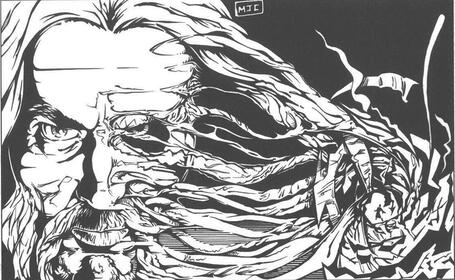
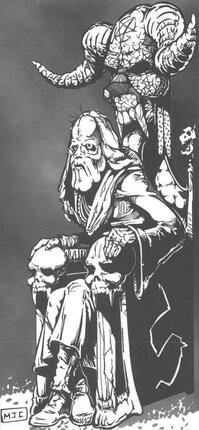
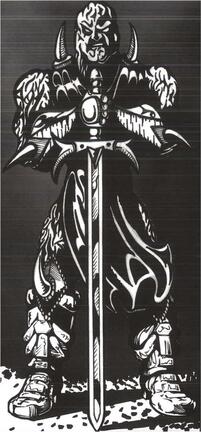
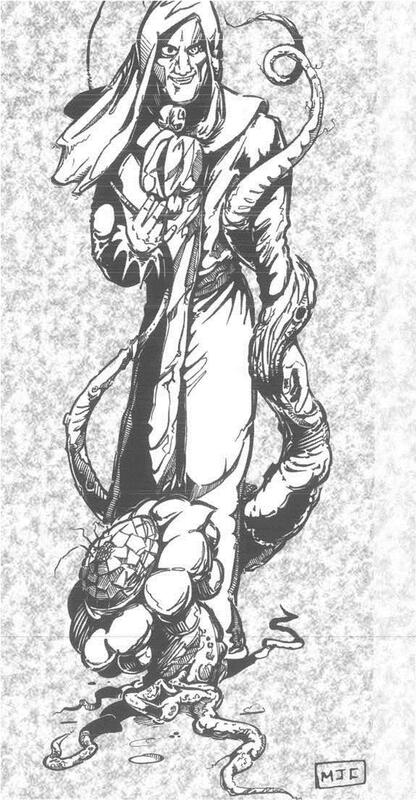
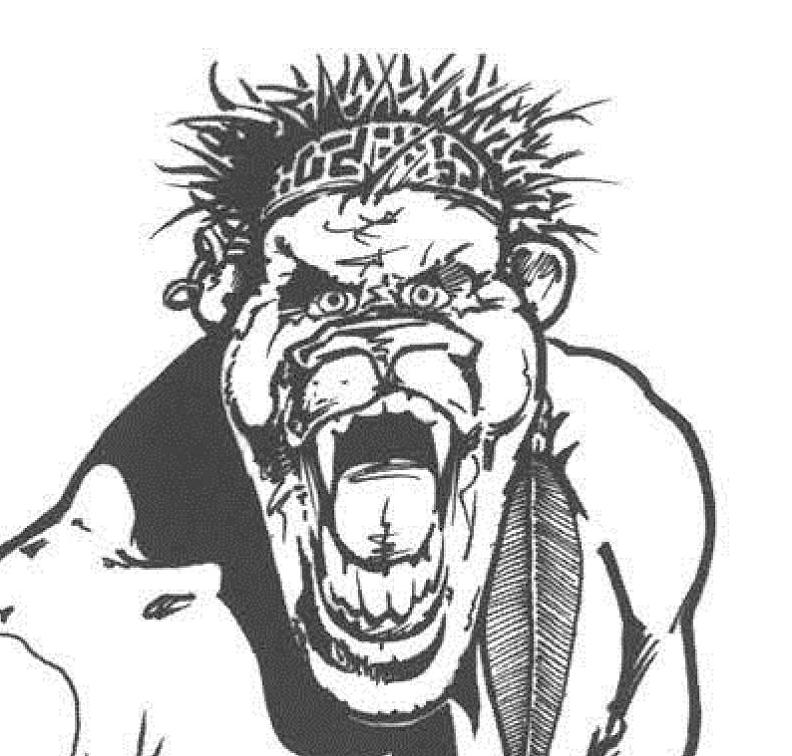
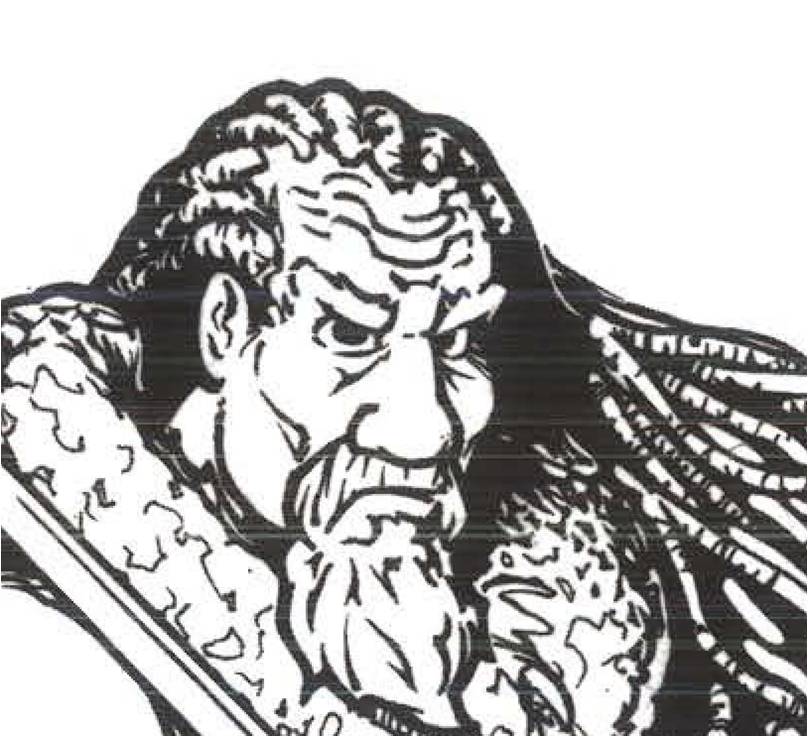
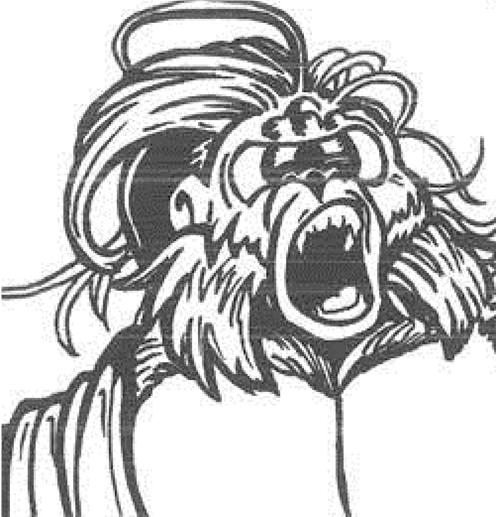
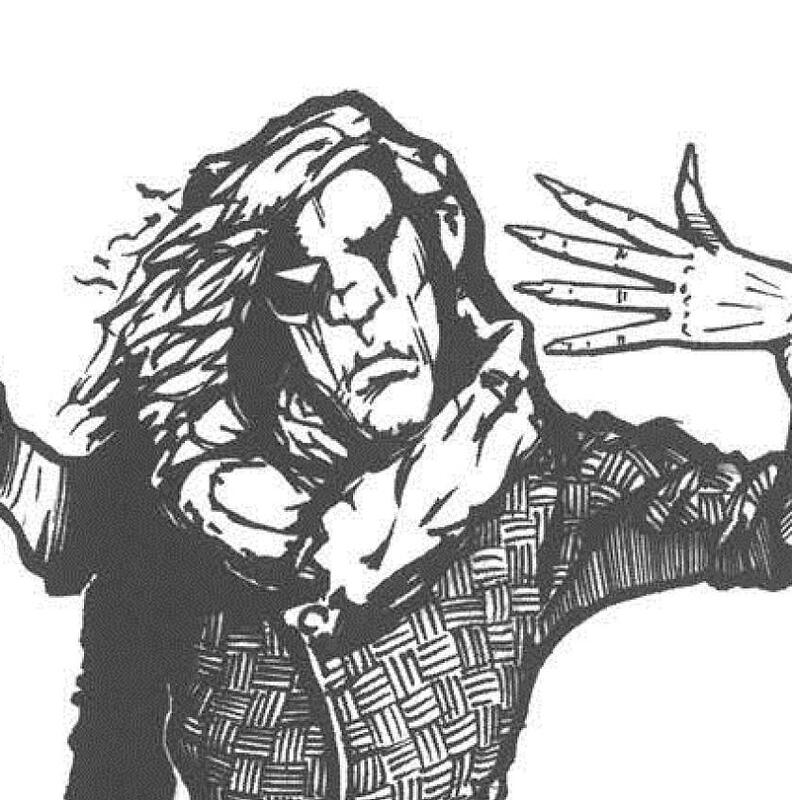
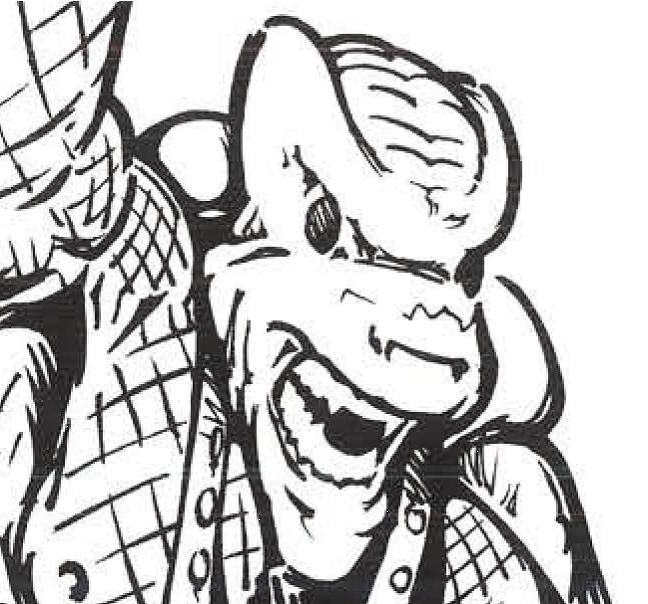
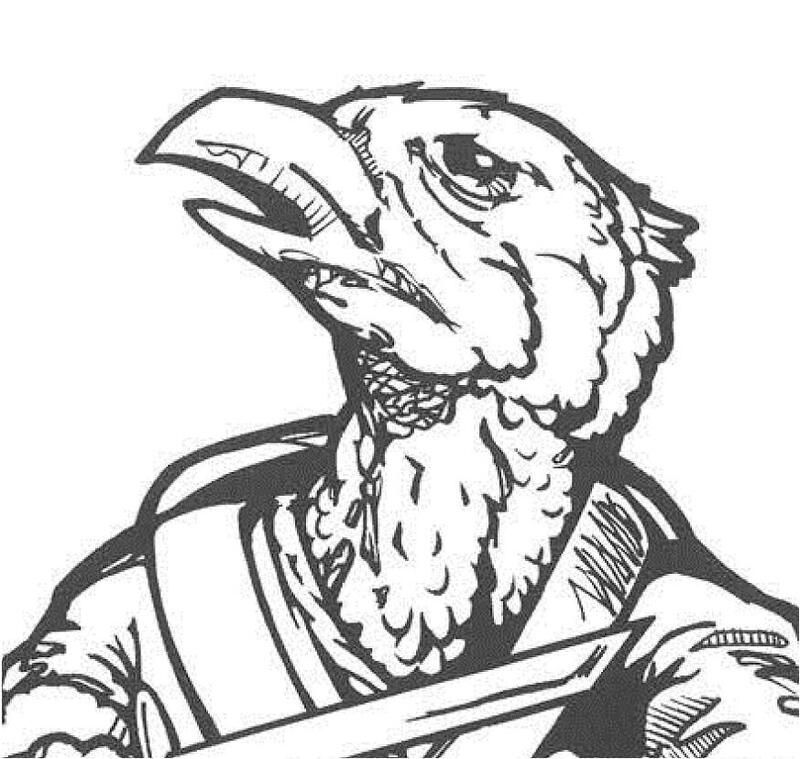
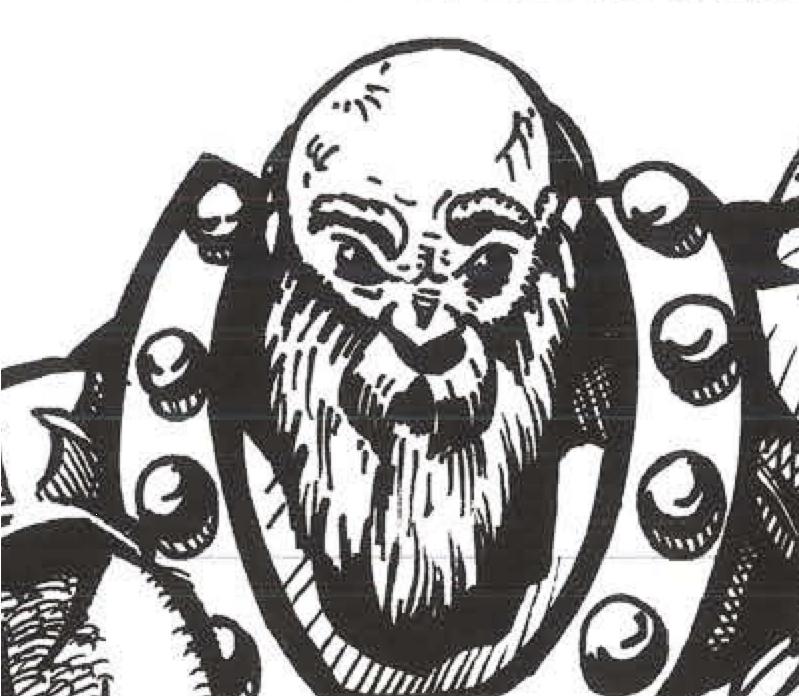
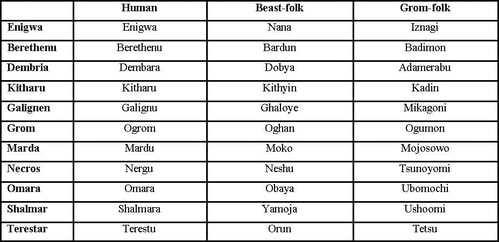
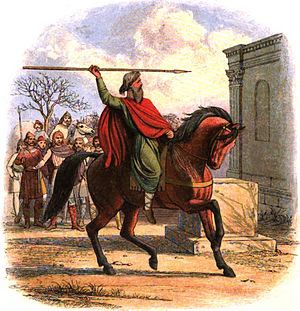
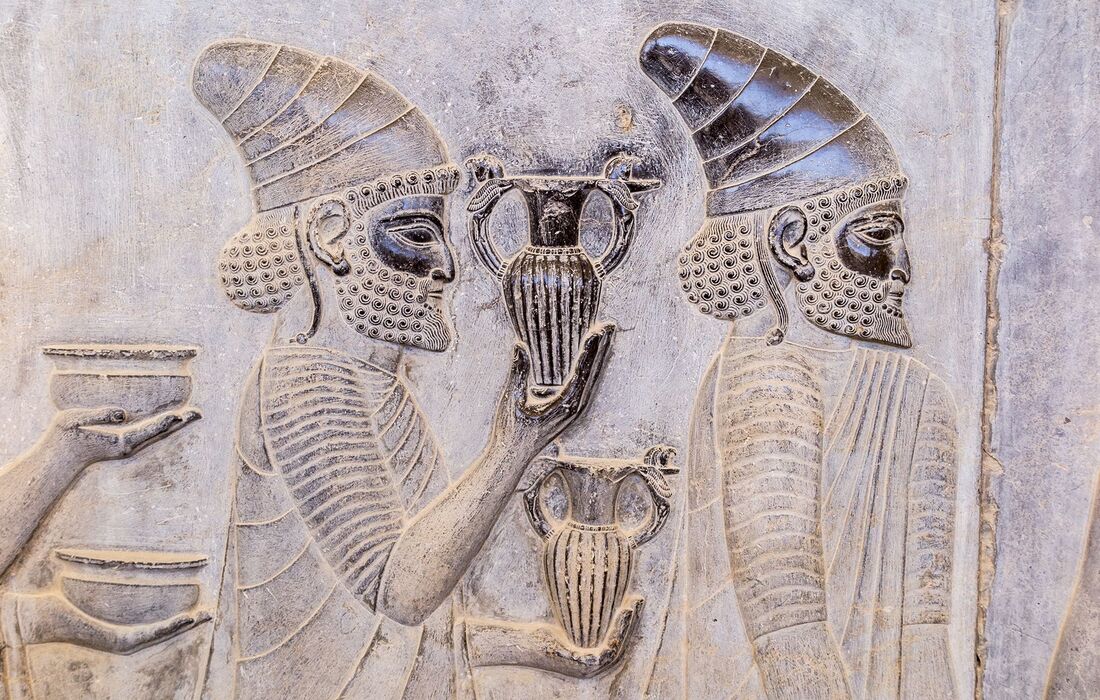
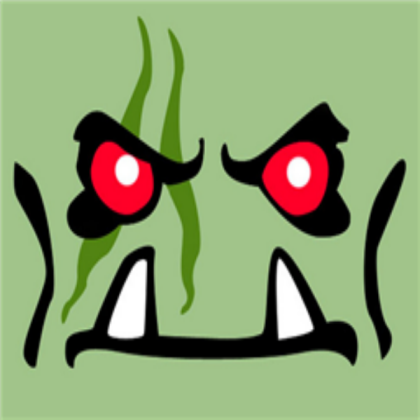
 RSS Feed
RSS Feed
